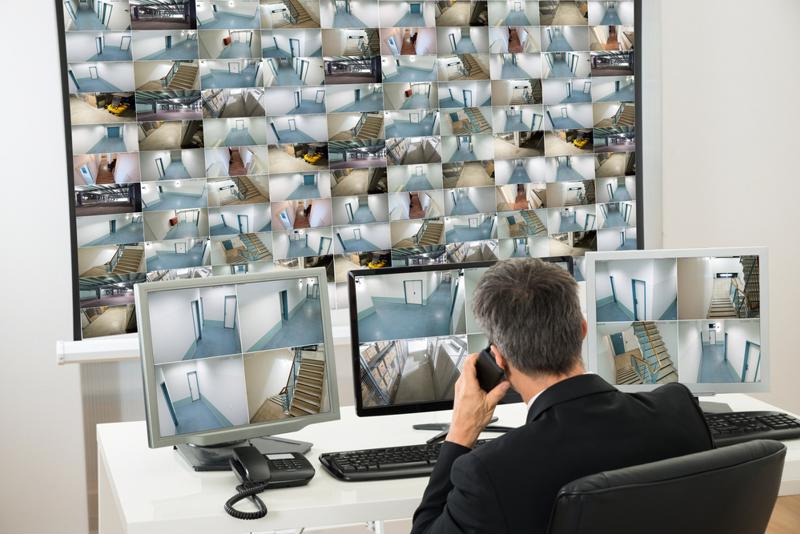
How businesses are leveraging IoT to prepare for a post-COVID world
By Max BurkhalterJune 18, 2020
The COVID-19 pandemic has taken a real toll on nearly every industry. Many companies have had to roll out new IT solutions to facilitate remote work environments, reduce transmission risks and keep employees safe. While almost everyone is anticipating an eventual return to normalcy, businesses must take steps to prepare for a post-coronavirus world before allowing workers to return to physical workplaces.
As explained by the Centers for Disease Control and Prevention, business owners have been asked to implement a variety of health and safety precautions, from developing worksite-specific social distancing guidelines to implementing in-person health checks. While these tasks will certainly add a new level of complexity to modern workforce management, the internet of things may be able to soften the blow.
Innovative use cases for IoT
As companies develop plans for reopening their in-person operations, many IT leaders are being asked to come up with forward-looking solutions that can help mitigate a possible second wave of COVID-19 infections. The most obvious IoT use case involves remote work: By outfitting physical assets with connected sensors, off-site employees can track equipment performance from the comfort of their homes, noted Dimitrios Spiliopoulos, technology expert and IoT News contributor. For example, facility managers in the manufacturing industry could use IoT systems to remotely monitor production equipment and inventory management systems. This would not only help organizations conform to social distancing guidelines, it may also create more reliable digital operations in the long term.

Of course, some professions (especially relationship-driven careers like sales) will face heightened disruption from physical distancing rules. While telecommunications can help bridge the divide, companies may need to take more drastic measures to ensure their employees are kept safe. One suggestion offered by Tyler Cracraft, solution architect at Advantech and TechCrunch contributor, involves outfitting large offices with thermographic camera technology that can help facilitate in-person health checks. These IoT-enabled cameras could passively screen employees for fevers and other symptoms related to COVID-19, thereby reducing transmission risks.
Integrating artificial intelligence into these IoT systems could add an extra layer of protection by providing real-time data about employee interactions. A similar application, named COVIDSafe, was launched by the Australian government in April 2020, Science Magazine reported. Using these contact tracing apps, health officials can track infections and alert individuals when they've come in contact with someone who has been positively identified as having COVID-19. However, to build a customized application for enterprise environments, businesses may need to invest in new networking solutions and DevOps capabilities; it would also require buy-in from business leaders and end users, which may be difficult given the potential privacy and security implications.
Preparing for a post-COVID world is at the top of every company's priority list, but finding real solutions requires IT initiatives and core business goals to be aligned. Without a proactive implementation plan and the right connectivity tools, organizations may struggle to make the most out of their new IoT systems. Luckily, Perle offers industrial-grade networking tools that can help companies safely reopen their in-person operations. Our LTE routers and gateways can support the deployment of location-based tracking applications and remote management capabilities
To learn more, explore our customers' success stories.



